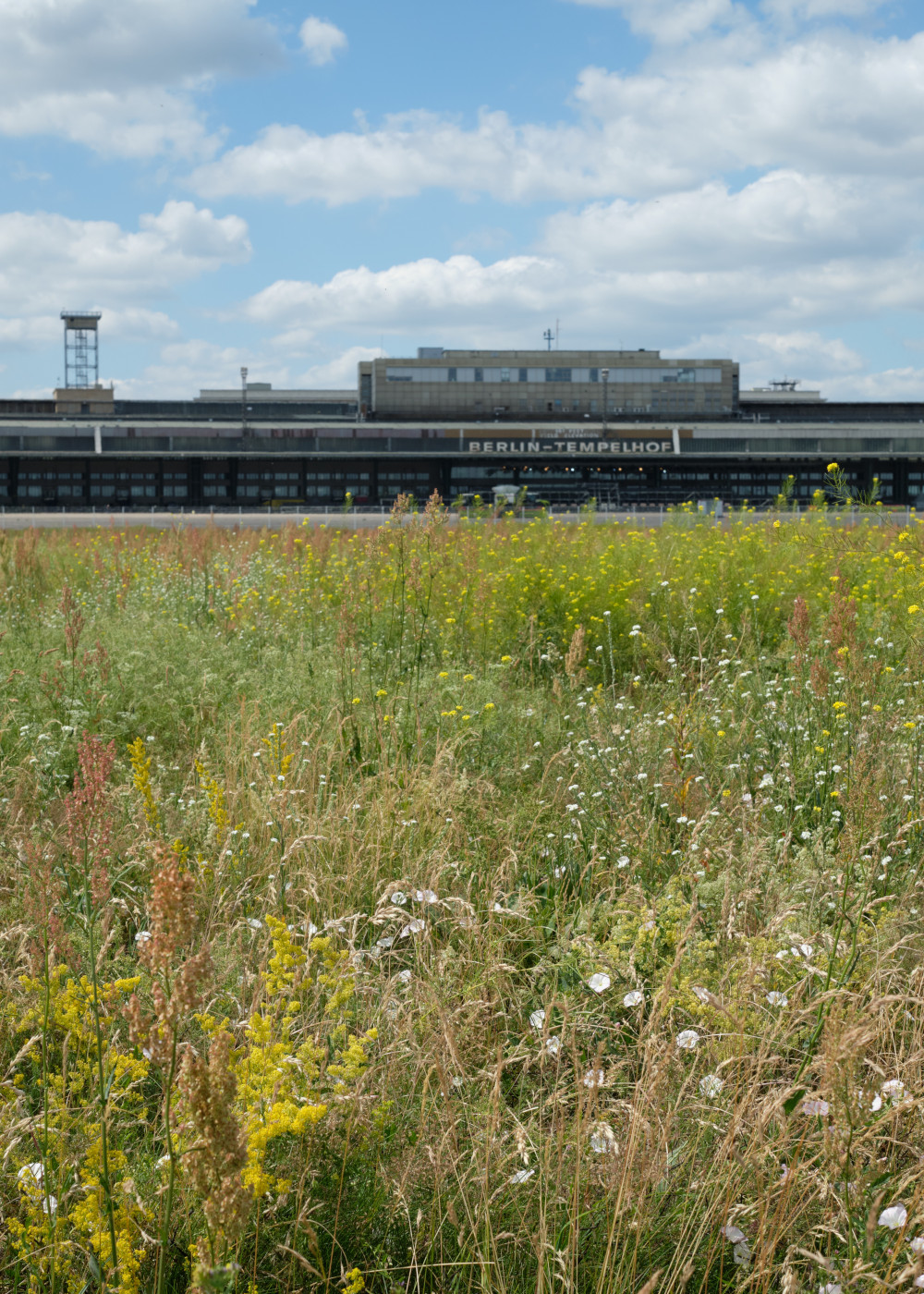We are in the midst of a biodiversity crisis. Species extinction rates are much higher due to widespread habitat clearing, climate change (increasing temperatures and extreme weather events), changed disturbance regimes (e.g. altered fire regimes), competition from introduced species and novel pests and diseases. Suitable habitat must be preserved and created. Species must be allowed or assisted to move to suitable habitat.
While humans are often seen as a threat to species, increasingly we are realising that saving species depends on the actions of people – urban dwellers, farmers, foresters, miners, business owners and government. We need to support people to live and work in ways that protect and support rare and threatened species. This can be achieved by understanding community values for the environment e.g., values for biodiversity conservation, for utilitarian use of nature, or other human-centred values such as aesthetics and spirituality. There is increasing recognition of the importance of cultural values and knowledge of first nations people, and respecting and supporting these practices and customs can lead to improved biodiversity conservation outcomes.
Our Expertise
Dave was a member of Australia’s Threatened Species Scientific Committe 2015-2019, advising the Minister for the Environment on matters relating to the listing of threatened species and ecological communities and key threatening processes.
Extensive teaching experience on environmental management, biodiversity conservation and urban landscapes at undergraduate and postgraduate levels at the University of Melbourne and University of Tasmania.
Projects
In a project led by Chris Ives and Pia Lentini, we examined the occurrence of threatened species in Australian cities, finding that many threatened species are found in cities and depend on actions in cities for their survival. This work was conducted as part of the Clean Air and Urban Landscape Hub of the National Environmental Science Program.
For the Royal Botanic Gardens Victoria, we identified the climate suitability of thousands of species of rare and threatened plants from across Australia – listed under the EPBC Act or under state and territory legislation.
With Rebecca Ford, we reviewed the use of the term ‘social license’ (or ‘social licence’) in a conservation context – term that had previously been associated with destructive environmental practices in mining and forestry to obtain consent from local communities for these practices.
Selected publications
Reports
Kendal, D., Pearce, L. M., Morgan, J. W., Lunt, I. D., Zeeman, B. J., Farrar, A., Griffiths, K. E., McDonnell, M. J. (2015), Melbourne’s Native Grasslands: Guiding landscapes and communities in transition, Myer Foundation. Project report
Kendal, D. (2018) Climate risk assessment of potential threatened species for the living plant collections in the Melbourne Gardens, Royal Botanic Gardens Victoria, Clean Air and Urban Landscape hub of the National Environmental Science Program
Academic Publications
Ives, C. D., Lentini, P. E., Threlfall, C. G., Ikin, K., Shanahan, D. F., Garrard, G. E., Bekessy, S. A., Fuller, R. A., Mumaw, L., Rayner, L., Rowe, R., Valentine, L. E., & Kendal, D. (2016). Cities are hotspots for threatened species. Global Ecology and Biogeography, 25, 117–126.
Kendal, D., Zeeman, B., Ikin, K., Lunt, I., McDonnell, M. J., Farrar, A., Pearce, L., M., Morgan, J., (2017) The importance of small urban reserves for plant conservation, Biological Conservation, 26-27:106-113
Simpfendorfer, Colin A., Michelle R. Heupel, and Dave Kendal. ‘Complex Human-Shark Conflicts Confound Conservation Action’. Frontiers in Conservation Science 0 (2021). https://doi.org/10.3389/fcosc.2021.692767
Kendal, D., Zeeman, B., Ikin, K., Lunt, I., McDonnell, M. J., Farrar, A., Pearce, L., M., Morgan, J., (2017) The importance of small urban reserves for plant conservation, Biological Conservation, 26-27:106-113
+Kendal, D., +Ford, R. M., (2018) The role of social license in conservation, Conservation Biology 32 (2), 493–495

